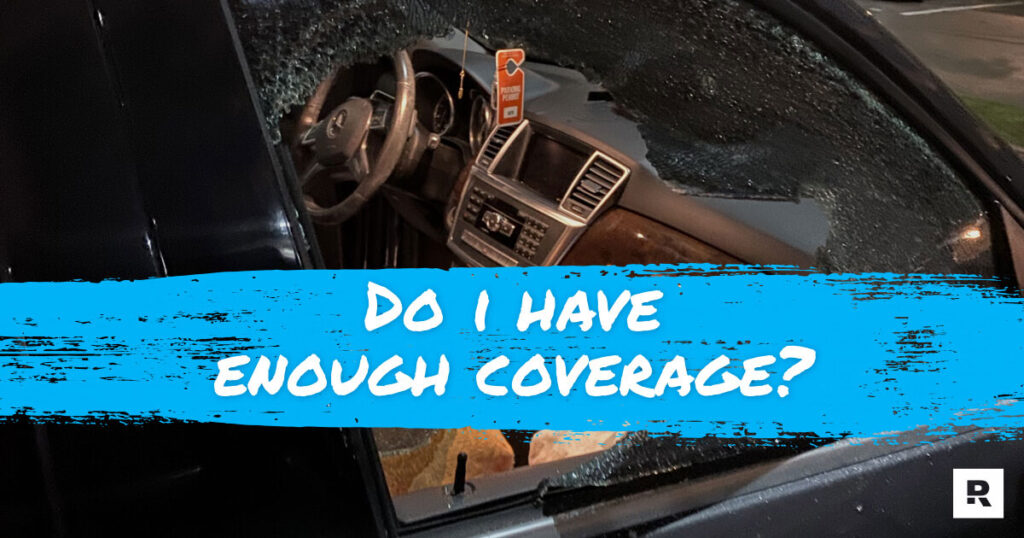Landscaping Business Insurance

What does it take to protect your business fully?
Risks can be high in landscape work. Physical labor, dealing with equipment safety risks and theft, driving to job sites, potentially applying regulated pesticides, and more are inherent to the business. That’s why having the right business insurance can make all the difference in protecting against costly exposures.
Required Insurance
What types of insurance do landscapers need? Most states legally require landscaping businesses to carry the following:
General liability. The most common form of insurance offers protection against claims concerning bodily injury or property damage. This insurance is a critical means to manage risk, and few clients would hire a landscaper without such protection.
Workers’ Compensation. Most states require employers to carry workers’ compensation coverage, which gives employees benefits if they get injured or become ill from the job. These benefits can help cover their medical care and medical treatment; replace most lost wages; provide disability benefits; and give death benefits.
Workers’ comp also has benefits for business owners. It includes liability coverage so if your business faces lawsuits from injured workers or their families, workers’ comp can help pay for your legal costs. It can also help pay to train employees for new roles
if they can’t return to old roles. For state requirements and potential costs, see the- hartford.com/workers-compensation.
Commercial Property. Commercial property insurance helps protect a business’ physical assets, such as the building, tools, and equipment. It covers losses from many sources, such as theft, as well as fire, wind, or lightning. The National Insurance Crime Bureau reports the average annual loss to businesses from equipment theft is
$400 million.
Other Considerations
Landscaping businesses may also need other types of business insurance including:
• Errors and Omissions to cover workmanship error.
• Inland Marine coverage to help protect all the equipment required to do the work. It differs from property insurance in that
it covers equipment and tools used in the business and not located at a fixed location. Examples used by landscapers include mowers, trimmers, skid steers, and more that would be used on a job site.
• Commercial Auto insurance to help cover the cost of an auto accident if an employee is at fault.
• Umbrella. This insurance gives business owners extra coverage to help pay for costs that exceed certain liability policy limits.
Also consider any specialized services your business offers. Do you perform weed and pest control? Then it may be necessary to have Herbicide and Pesticide Application coverage to help pay for costs associated with the sudden or accidental release of chemicals. It can also help protect your business if employees or customers get sick due to chemical exposure.
Do you offer snow removal in the Winter months? Snowplow Operations insurance can help cover the business from claims of property damage and bodily injury arising out of snowplow operations.
Insurance Gaps
In evaluating all these insurance options, be aware of commonly overlooked gaps in coverage. For example, a tree trimming company may lack coverage for mistakenly cutting down the wrong tree or for equipment replacement. This company would find it valuable to have coverage for accidental events, as well as protections to replace equipment should it break in the middle of a season. Tree companies may also want to be on the lookout for lift equipment collapse exclusions.
Third-party risk is another area that should be considered. This includes contracts arranged with clients, as well as agreements made with subcontractors. If incidents occur, it’s beneficial to get any disputes in writing and have pictures taken that can be retained for at least 10 years. While most accidents happen while working, other accidents occur after work is done. Onerous language, such as ice watch or freeze/thaw clauses in a plowing contract, could pose an issue, as it may be used by a client or subcontractor to push liability to the landscaping business.
Finding An Insurer
With so many insurance companies in the market, it can be difficult to find one with the right coverage. First, find a licensed agent who understands not just the landscape industry, but your unique needs and goals. They should represent, or have access to, multiple insurance companies and be able to provide options of coverage and price.
Also look for a carrier that can be a partner for future growth. This means that as your business grows, the carrier can grow with it. If your company decides to add tree trimming, it’s important to have a carrier with industry specialists who can assist in evaluating the risk of those services and provide adequate protections.
Bell is head of Middle and Large Commercial Programs for The Hartford. Founded in 1810, The Hartford offers property and casualty insurance, group benefits, and mutual funds.
Do you have a comment? Share your thoughts in the Comments section below, or send an e-mail to the Editor at [email protected].
This content was originally published here.




Responses